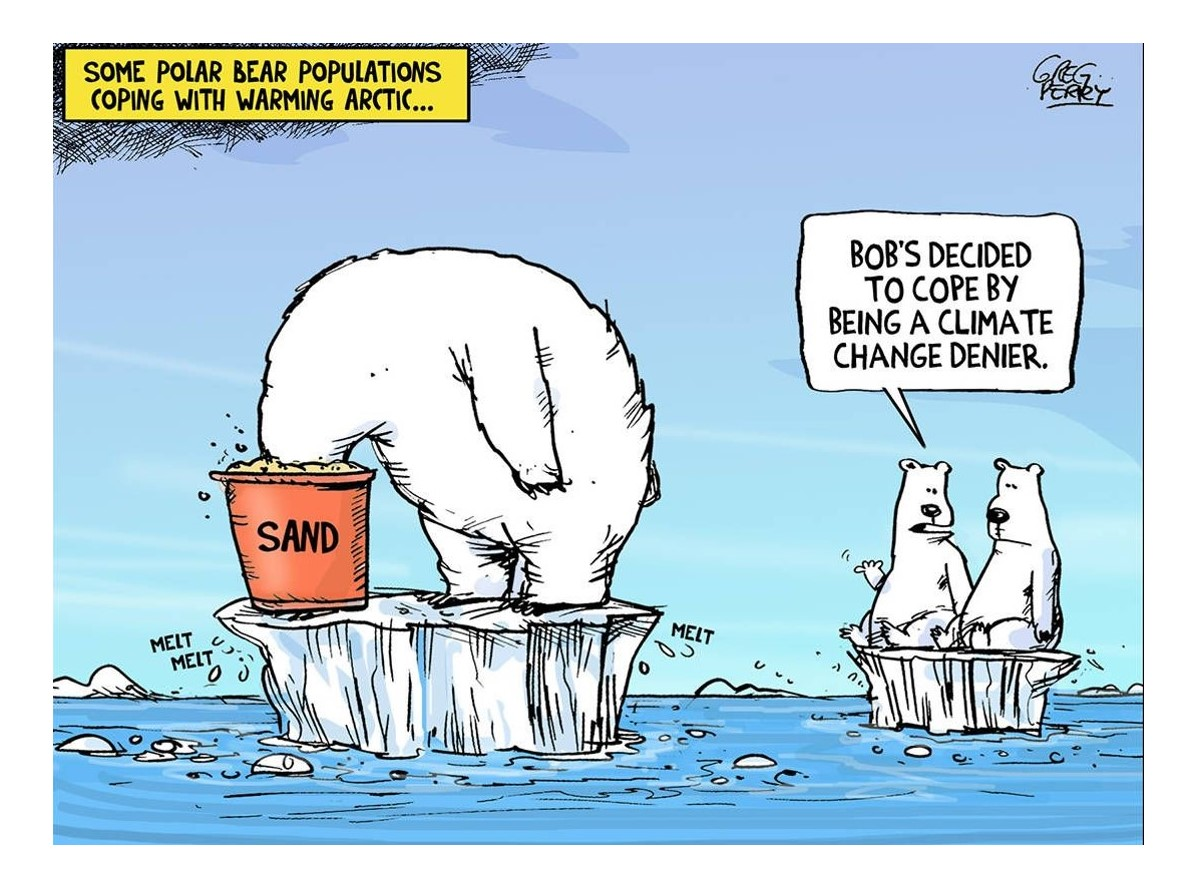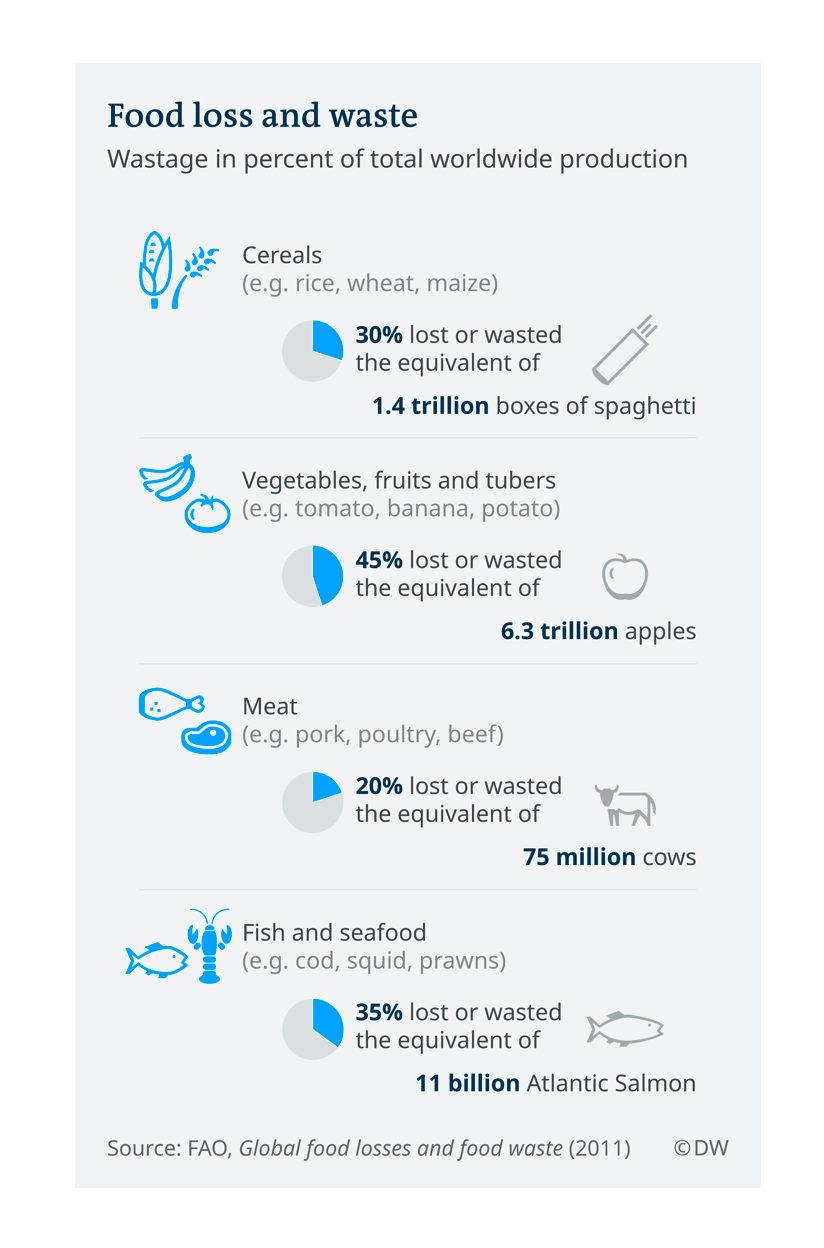The Impact of Climate Change on Food What can we do?
What is climate change?
Climate change is the overall changes that are happening in our climate over a long period of time. This includes changes in temperature and the level of carbon dioxide (CO2), the changes in temperature and acidity of the oceans, the rising of the sea level and extreme weather conditions such as drought or flooding.
Are these changes a problem?
These changes are decreasing the quantity of food available as well as the quality of the food being produced. It has been estimated that the global food production will decrease by 2% per decade while demand is increasing by 14%.
Food security is going to be one of the most serious climate-related issues, mainly because most of the world is relatively poor and food is going to become increasingly scarce and expensive.
The rising temperatures:
If temperatures exceed the optimal range for crops, the harvest will drop because of heat stress. Heat stress can disrupt a plant’s pollination, flowering, root development and growth stages. For every degree Celsius increase, there will be a 5-15% decrease in overall crop production. However, weeds, pests and fungi flourish in these conditions, allowing them to expand their range and numbers as well as survive longer. This would mean that more crops could be destroyed, especially if they don’t have time to evolve their defences against new diseases.
Heat waves also make livestock less fertile and more vulnerable to disease. Dairy cows are especially sensitive to heat which means that milk production could decline.
And of course, parasites and diseases tend to thrive in warm, moist conditions. The rising temperatures could result in more chemicals and veterinary medicines to be used to treat parasites and animal diseases, and there is a danger that these might then enter the food chain.
The rising CO2 levels:
Higher CO2 levels can stimulate plant growth and increase the amount of carbohydrates the plant produces, but this comes at the expense of the protein, vitamin and mineral content. Studies have shown that barley, wheat, potatoes and rice have 6-15% lower concentrations of protein when grown at higher CO2 levels. The nutrients that are decreasing with increasing CO2 levels include iron, zinc, calcium, magnesium, copper, sulphur, phosphorus, nitrogen, B vitamins and carotenoids.
The warmer and more acidic oceans:
The oceans are absorbing over 90% of the excess heat trapped by greenhouse gas emissions, and are taking up a third of the CO2, causing oceans to become warmer and more acidic.
Warmer waters can alter the timing of a fish’s migration and reproduction. It can also speed up their metabolisms, causing their bodies to take up more mercury. Higher water temperatures are also increasing the incidence of pathogens and marine disease, especially in oysters, salmon and abalone. Many fish are moving to cooler waters, but they may face competition with other fish over food, which can affect their survival rates.
As the ocean’s acidity increases, there are fewer carbonate ions in the ocean for the marine species that need calcium carbonate to build their shells and skeletons. This leaves them more vulnerable to predators. Ocean acidification can also interfere with the development of fish larvae and disrupt the sense of smell fish rely on to find food, habitats and avoid predators.
The rising sea level:
Rising seas will causes saltwater to move inland and could disrupt crop production that is situated close to the sea. The saltwater will also move upstream in rivers affecting the aquaculture of fresh water species.
What can we do?
There are 2 simple things that we can do to help the climate changes to slow down.
1. We can move away from a diet heavy in meat and milk
Livestock are responsible for almost 30% of global greenhouse gas emissions, with cows being responsible for 65% of these (as opposed to pork 9% and poultry and eggs 8%). By decreasing the amount of beef and dairy products you consume you will be contributing to a healthier environment. The key here is not necessarily for everyone to become vegan, but for you to move towards a plant based diet. This means including more vegetables and plant proteins in your diet. If you just start having half a plate of vegetables together with some protein and starch, you’ll already be moving in the right direction.
2. We can reduce the amount of food we waste
It’s a scary statistic, but one-third of all food produced worldwide ends up in the bin. And no, it doesn’t mean that we should just eat more. Eating more than your body needs is just as wasteful (lands on your waist!) as throwing it away. By learning to eat the correct portions (most people eat too much and especially too much protein) you’re doing your bit to help the environment. We have to become more careful about the amount of food we buy and cook and learn to use our leftovers in other meals.


